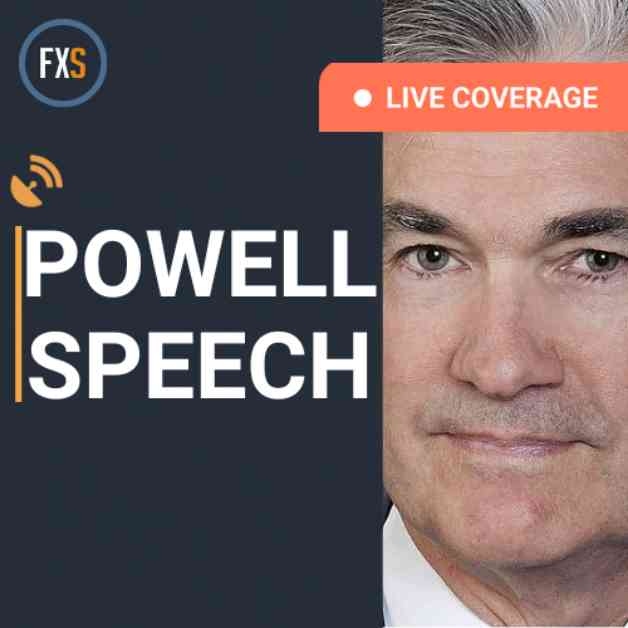Jerome Powell, Chairman of the US Federal Reserve (Fed), recently delivered the Semi-Annual Monetary Policy Report and responded to questions from the Senate Banking Committee. Powell highlighted several key points during his speech, emphasizing the importance of good data to strengthen confidence in inflation levels. He also noted that while inflation remains elevated, it is not the only risk the economy faces. Powell mentioned that a policy rate cut would not be appropriate until the Fed gains greater confidence that inflation is headed sustainably toward 2%.
The Chairman discussed the first-quarter data, stating that it did not support the greater confidence in the inflation path needed for rate cuts. He emphasized that the Fed continues to make decisions on a meeting-by-meeting basis and has made progress toward the 2% inflation goal. Powell acknowledged that inflation remains above the 2% goal and that labor market conditions have cooled while remaining strong and not overheated. He also mentioned that risks to achieving employment and inflation goals are coming into better balance and that the US economy is expanding at a solid pace.
Powell highlighted the impact of restrictive policy on inflation and warned against reducing restraint too soon or too much, as it risks reversing inflation progress. He also cautioned that reducing restraint too late or too little could unduly weaken the economy and job market. The Chairman assured that the Fed will carefully assess incoming data, balance risks, and determine the appropriate policy path for rate adjustments. Powell reiterated the Fed’s commitment to the 2% inflation goal and emphasized the importance of keeping longer-term inflation expectations well-anchored.
During the speech, Powell discussed the current state of the labor market, noting that it has cooled considerably and is more or less back to pre-pandemic levels. He emphasized that the Fed is balancing two-sided risks and that the next policy move is unlikely to be a rate hike. Powell also addressed significant housing issues in the country, stating that the pandemic has created new distortions in the housing sector. He mentioned that the Fed’s tighter policy is affecting activity in the housing sector and that lowering inflation would be beneficial for housing supply.
In terms of market reaction to Powell’s speech, there was no noticeable impact on the US Dollar’s performance against major rivals at the time of the press. The US Dollar Index remained virtually unchanged on the day. The table showing the percentage change of the US Dollar against major currencies indicated that the USD was the strongest against the Japanese Yen.
Overall, Powell’s speech provided insights into the Fed’s outlook on inflation, the labor market, and the US economy. His comments shed light on the challenges and risks facing the economy, as well as the Fed’s commitment to its goals. Investors will be closely monitoring future developments and policy decisions from the Federal Reserve.








